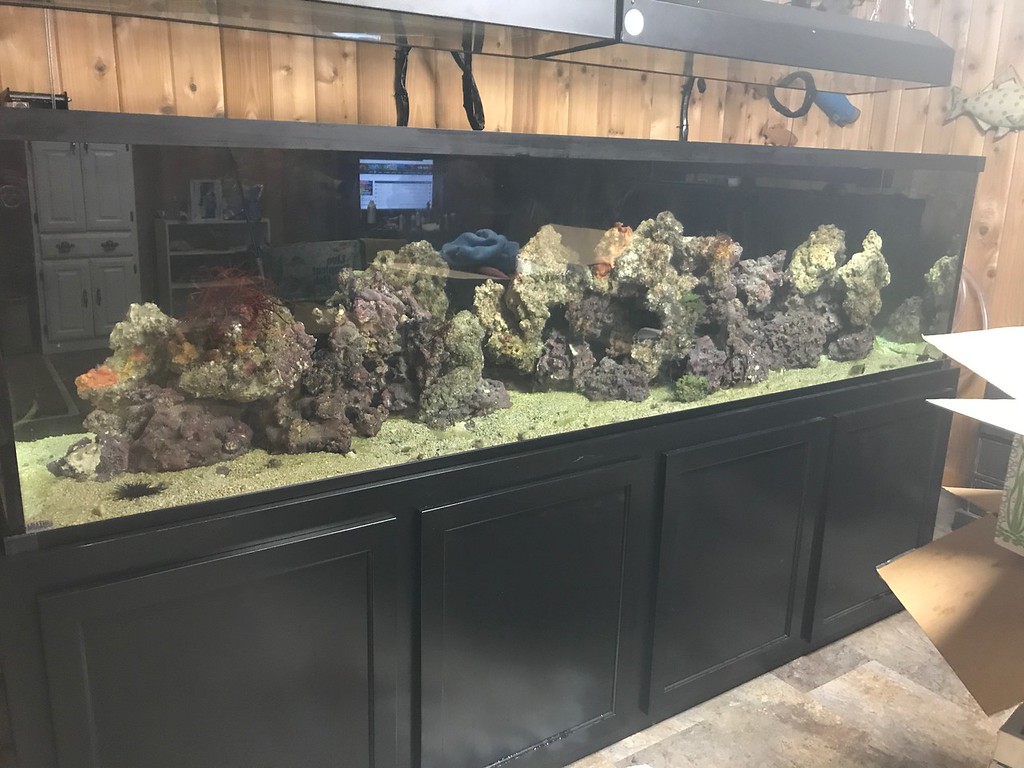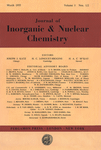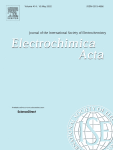Randy Holmes-Farley
Reef Chemist
View Badges
Staff member
Super Moderator
Excellence Award
Expert Contributor
Article Contributor
R2R Research
My Tank Thread
- Joined
- Sep 5, 2014
- Messages
- 67,142
- Reaction score
- 63,494
Yes I know what it is. The water solution would still probably have a higher boiling point, and a higher density than water. If example 30% solution of VS is upwards of 1.29g/ml, and a boiling point less than water. I found that while not using a thermometer erase-cl it was seemingly lower than water. Also unnoted that it seemed to have 2 boiling points. It could rule rongalite out if someone tests this on prime. I agree reducing chemically ammonia at home is not happening.
Seriously? I mean seriously?
I'm not going to feed this sort of discussion any longer. It is so far off of chemical reality and possibility that it is not beneficial to the thread at hand.





















